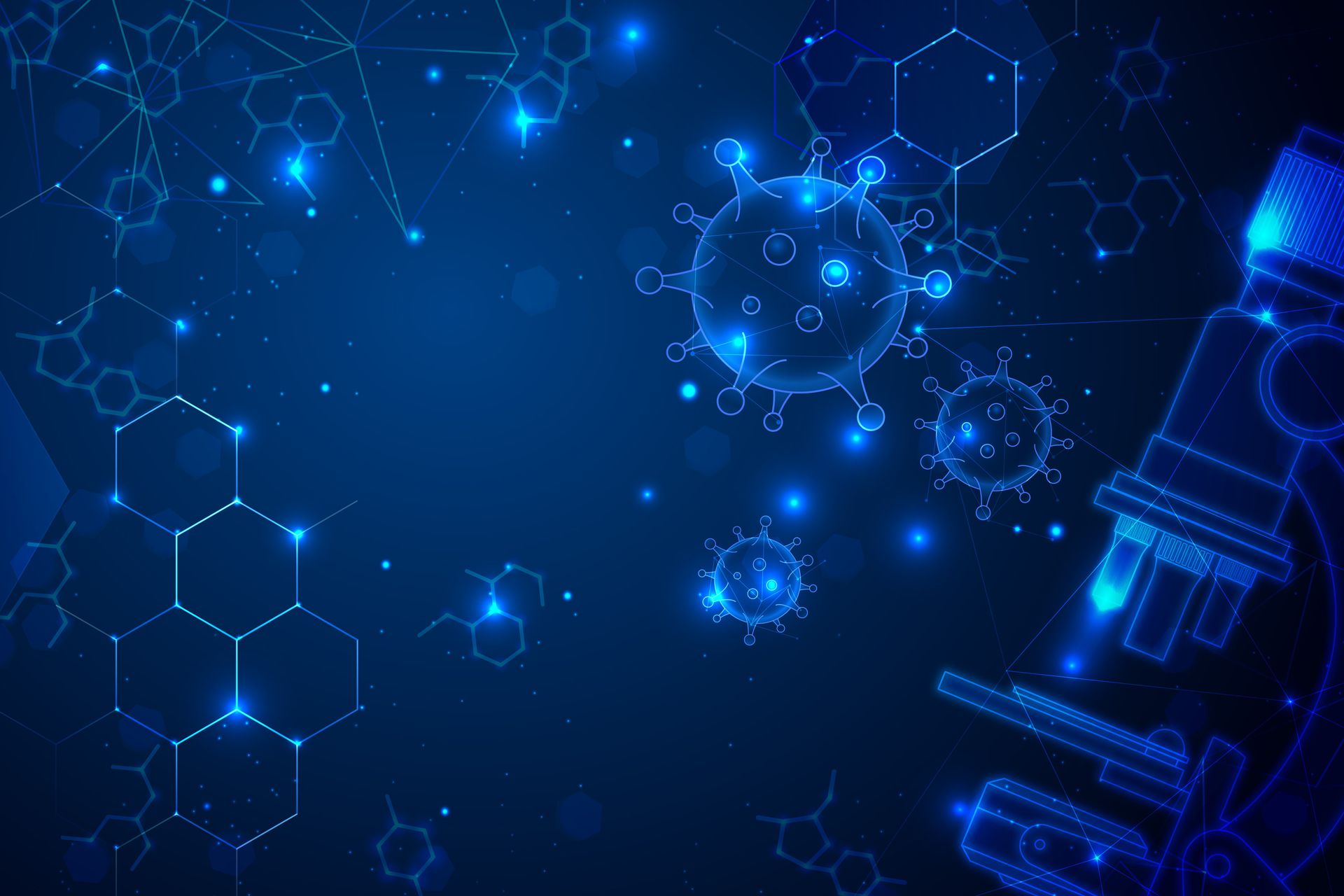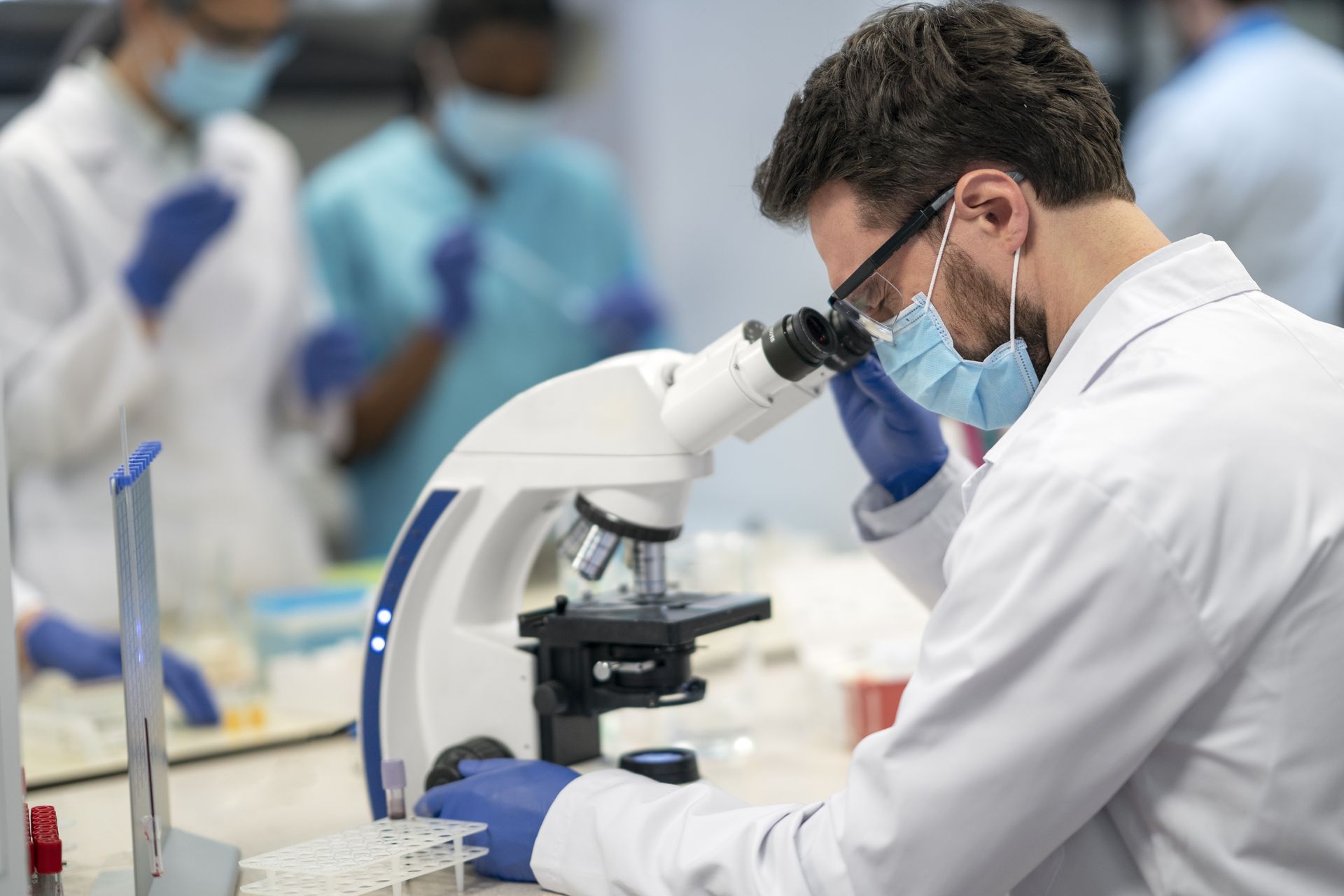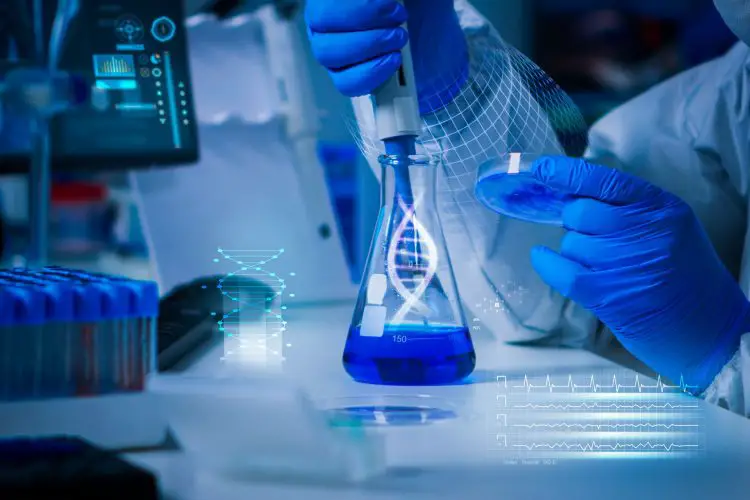Modern laboratories are increasingly reliant on advanced technology to streamline processes, enhance accuracy, and improve overall efficiency. From research and development to quality control, the right tech tools are vital for achieving precise results and maintaining high standards. In this article, we’ll explore key pieces of technology that have become indispensable in any laboratory setting.
Advanced microscopes
One of the cornerstones of laboratory technology is the microscope. Over the years, these devices have evolved far beyond their traditional designs, incorporating digital technology to enhance their capabilities. Modern microscopes offer a range of features, including high-resolution imaging, 3D reconstruction, and digital data storage. They play a critical role in fields like microbiology, pathology, and nanotechnology.
The latest microscopes are equipped with powerful software that allows researchers to analyse samples with greater precision and detail. This software can automate processes like cell counting and can even assist in identifying structures within a sample. Additionally, the integration of cameras and digital imaging has revolutionised the way findings are documented and shared, facilitating collaboration across the globe.
Spectroscopy equipment
Spectroscopy, the study of the interaction between matter and electromagnetic radiation, is another area where technology has made significant strides. Laboratories use various types of spectroscopy equipment, such as mass spectrometers and UV-Vis spectrophotometers, to analyse the composition and properties of different substances.
This equipment is crucial in a variety of applications, from pharmaceutical development to environmental testing. For instance, mass spectrometry can identify unknown compounds and quantify known materials with high precision. In environmental labs, spectroscopy tools are used to detect and measure pollutants in air, water, and soil samples, playing a vital role in monitoring and protecting our environment.

Chromatography systems
Chromatography is a technique used to separate mixtures for analysis. It’s indispensable in laboratories, particularly in the fields of chemistry and biochemistry. The most common forms of chromatography used in labs are gas chromatography (GC) and liquid chromatography (LC), including high-performance liquid chromatography (HPLC).
These systems are essential for a wide range of applications, from drug testing and food safety to research in proteomics and metabolomics. They allow scientists to identify and quantify the components of complex mixtures. Advanced chromatography systems are highly automated, providing more accurate and reproducible results while saving valuable time and resources.
Fully automated titration systems
A crucial aspect of laboratory work, particularly in chemistry and environmental science, is titration. This process involves determining the concentration of a known reactant in a solution. Traditionally, titration required manual intervention, but with advancements in technology, laboratories can now benefit from fully automated titration systems.
Fully automated titration systems from Metrohm exemplify the integration of automation and precision in modern lab equipment. These systems streamline the titration process, ensuring accuracy and repeatability in results. The automation reduces the potential for human error, increases throughput, and frees up time for scientists to focus on other critical tasks.
These advanced titrators are designed to handle a range of applications, from basic titrations to complex analyses involving multiple parameters. They are particularly useful in industries where precise chemical analysis is crucial, such as pharmaceuticals, food and beverage, and environmental monitoring. The use of such technology not only enhances the efficiency of laboratory operations but also contributes to the reliability and accuracy of the data produced.

Laboratory information management systems (LIMS)
A Laboratory Information Management System (LIMS) is an essential piece of technology for modern labs, acting as the digital backbone for managing laboratory data and workflows. LIMS software helps labs manage samples, associated data, and laboratory users, facilitating efficient workflow and data tracking. This system is crucial for ensuring data integrity and traceability, which are key in research and regulatory compliance.
LIMS supports various lab functions, including sample management, data storage, and result reporting. By integrating with instruments and other lab systems, it streamlines data collection and analysis, reducing the likelihood of errors and ensuring consistency. This is particularly important in high-throughput environments, such as clinical and pharmaceutical labs, where managing large volumes of data accurately is critical for decision-making and compliance with regulatory standards.
Environmental control systems
In any laboratory, maintaining an optimal environment is crucial for the accuracy and reliability of experimental results. Environmental control systems are designed to regulate factors like temperature, humidity, and air quality, which can significantly impact the outcomes of sensitive experiments.
These systems range from basic thermostats and humidity controllers to more advanced, integrated solutions that continuously monitor and adjust the lab environment. In certain fields, such as cell culture or materials science, precise environmental control is essential for maintaining the integrity of samples and experiments. By leveraging these technologies, labs can ensure a stable environment, leading to more consistent and reliable results.
Data analysis and visualisation software
With the increasing complexity and volume of data generated in laboratories, data analysis and visualisation software have become indispensable. This software allows scientists to process, analyse, and visualise large datasets, uncovering insights that might be difficult to discern otherwise.
These tools are essential for tasks like genomic sequencing, drug discovery, and environmental monitoring, where interpreting vast amounts of data is a key part of the research process. Advanced software can identify patterns, make predictions, and even automate certain aspects of data analysis, leading to more efficient and accurate conclusions. Additionally, visualisation tools help in presenting data in a comprehensible and impactful way, essential for reporting and decision-making.
Sample preparation equipment
Before analysis, samples often need to be prepared through processes like grinding, homogenising, or chemical extraction. Sample preparation equipment is therefore a key aspect of laboratory technology, ensuring that samples are processed correctly for accurate analysis.
This equipment includes a variety of tools, such as centrifuges, mixers, and extraction systems, each designed for specific types of samples and analyses. Proper sample preparation is crucial as it directly impacts the accuracy and reliability of laboratory tests. Advanced equipment not only enhances the efficiency of these processes but also ensures greater consistency and precision in sample preparation, leading to more trustworthy results.
Together, these technologies form the backbone of a modern laboratory, enabling scientists to conduct their work with greater precision, efficiency, and innovation. From managing complex data to maintaining environmental conditions, each piece of equipment plays a crucial role in the success of laboratory operations. As we continue to witness advancements in technology, it’s clear that laboratories will evolve even further, pushing the boundaries of what’s possible in scientific research and analysis.
Featured image source: freepik





